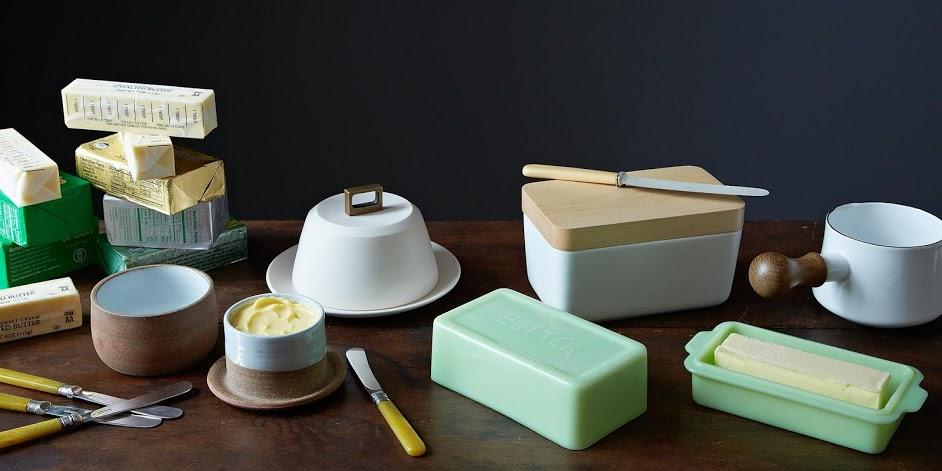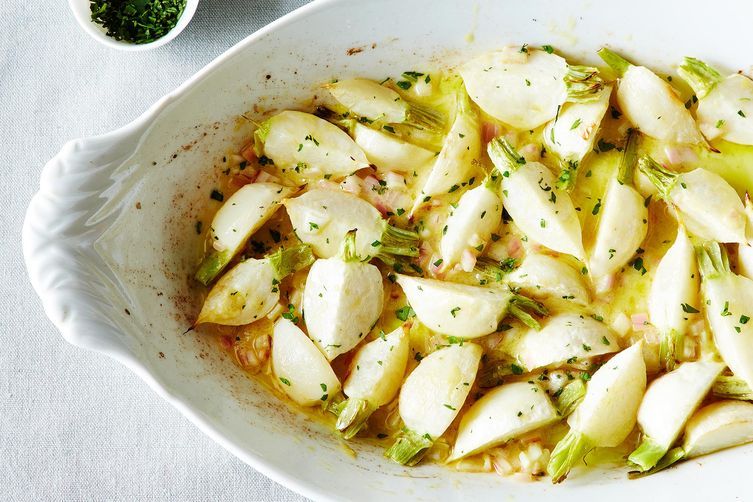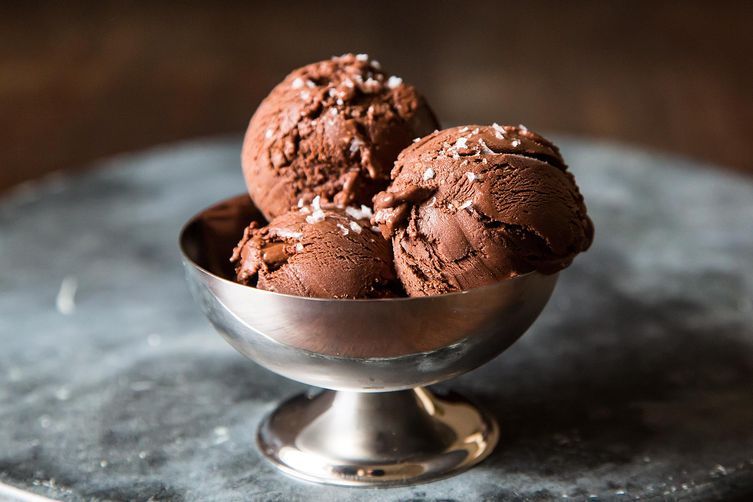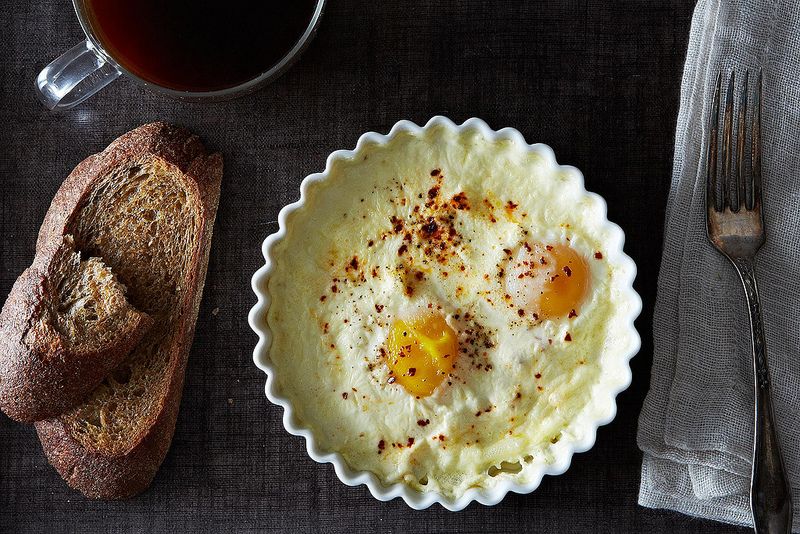Popular on Food52
Continue After Advertisement
16 Comments
Jill J.
June 7, 2019
After living in Europe for many years I was always told not to refrigerate your mustard because that is what causes it to “lose its zing” you need to keep it in its crock in a cool dark place.
Christina D.
June 20, 2017
Another fan of cloth napkins, who inherited a variety from my grandmother. I also collect my own. Got a beautiful set when I was in Provence in April, in a bright traditional pattern. Just looking at them next to my plate brings back happy memories of the markets in Aix.
Victoria C.
July 15, 2016
Cloth napkins, around here always, at each of three meals. For everyday I use soft cotton in vibrant colors and just smooth and fold after taking out of the dryer. For dinner parties I use large white Irish linen dinner napkins, which I iron but, of course, do not starch. They are a splurge when you spring for them but will last just about forever (you will probably be leaving them to your heirs) and will get nicer each time you wash them. My favorite salt to crunch is Maldon; I keep kosher salt in a sugar shaker on my counter to add to pots of boiling water or to put in my palm and sprinkle lightly over food when I don't want large crystals. I also bake with it. My favorite Dijon is Edmund Fallot - incomparable and worth sourcing. Two other favs not related to this post are The Ojai Cook Organic Mayonnaise (not Lemonaise) and Bumble Bee Tonno (tuna) in Olive Oil, which I like even more than imported brands. I drain it and mix it with mayo and a little softened butter; that's it; no celery, no onion, nothing else. You can even serve it with crackers as an appetizer. I do not use salted butter, but I am going to get some of Kate's Sea Salted butter when I go to the market to try on toast.
Tim
July 14, 2016
Been storing butter (salted) in a red Le Creuset keeper for many years. We do, however, decommission it during the hot months. It gets way too soft for our liking. People look at us strangely when they realize we don't refrigerate the butter 24/7. I've given up trying to explain our Francophile ways. (I'm Irish American)
Cloth napkins, yes! Funny how guests will stop and ask if it's OK to use them.
We don't keep lentils around; the wife isn't a fan of them. But I make up for it by always having cornichons on hand! Those and a rustic paté and we're back on the Rue Jacob.
Cloth napkins, yes! Funny how guests will stop and ask if it's OK to use them.
We don't keep lentils around; the wife isn't a fan of them. But I make up for it by always having cornichons on hand! Those and a rustic paté and we're back on the Rue Jacob.
Niknud
July 14, 2016
I cannot say enough about cloth napkins. I inherited a drawer-full (literally) of gorgeous ones from my grandmother - enough that I use them with reckless abandonment for all of our meals. It just makes meals feel a bit more special, even if it's just a bowl of cereal at the kitchen counter.
Karen
October 22, 2014
Petit dejeuner "literally" means little lunch.
Jan W.
June 23, 2015
déjeuner itself means literally to 'un-fast', but then just became the common word for 'the first meal of the day' (breakfast), which was then shifted to mean lunch when that became a thing (primarily in France, dîner is still used in many other Francophone places).
montmartroise
May 4, 2014
Perhaps Parisians are using Maldon because it's half the price of fleur de sel and the French can be so frugal, but I don't find it as delicious. However, sometimes it looks lovely scattered on a plate as it has a prettier shape.
Malcolm P.
May 4, 2014
I tend to use Maldon Sea Salt for the majority of seasoning in my dishes where possible, I find I use less salt overall because of it. I maybe slightly biased as I am in the UK, but it really is great to cook with.
Greenstuff
May 1, 2014
Okay...it means a small breaking of the fast.
But! As to the advice, I'm sort of already there:
I use both salted and unsalted butter.
I keep several, not one, jar of Dijon, and they are French, not a French label but made in Canada (amazing differences there). But within that, sometimes the labels that are most inexpensive in France are the most flavorful ones in the US.
I always have green lentils--walnut oil is my go-to, even more than hazelnut. I'm not vegetarian, but I think walnut oil on lentils is better than bacon.
Like with the mustard, I keep several finishing salts. Mine are from more places than just France, but I recommend keeping both Atlantic and Mediterranean French. They are pricey, but they last for years. Especially if you have several, like I do.
And yes, cloth napkins! Like several restaurants I've been to more and more in France and the US, I often use tea towels as napkins. Our favorites are the Jacquard ones from Provence. They make for big napkins and have wonderful motifs of pigs, cows, cheeses, olive oils, lavender, and a whole lot more.
But! As to the advice, I'm sort of already there:
I use both salted and unsalted butter.
I keep several, not one, jar of Dijon, and they are French, not a French label but made in Canada (amazing differences there). But within that, sometimes the labels that are most inexpensive in France are the most flavorful ones in the US.
I always have green lentils--walnut oil is my go-to, even more than hazelnut. I'm not vegetarian, but I think walnut oil on lentils is better than bacon.
Like with the mustard, I keep several finishing salts. Mine are from more places than just France, but I recommend keeping both Atlantic and Mediterranean French. They are pricey, but they last for years. Especially if you have several, like I do.
And yes, cloth napkins! Like several restaurants I've been to more and more in France and the US, I often use tea towels as napkins. Our favorites are the Jacquard ones from Provence. They make for big napkins and have wonderful motifs of pigs, cows, cheeses, olive oils, lavender, and a whole lot more.
David L.
May 4, 2014
Yes, "à jeun" in French, is translated as "on an empty stomach" - similar to breakfast is to "break the fast", in English. Am not sure how "petit" ("little") got in there, but I wrote a story in My Paris Kitchen about how Parisians tend to use the word "petit" to describe a lot of things, so perhaps that's why?
Andrew
May 1, 2014
"Petit déjeuner" does not mean "break the fast." It means "little lunch" or "small meal."






See what other Food52 readers are saying.